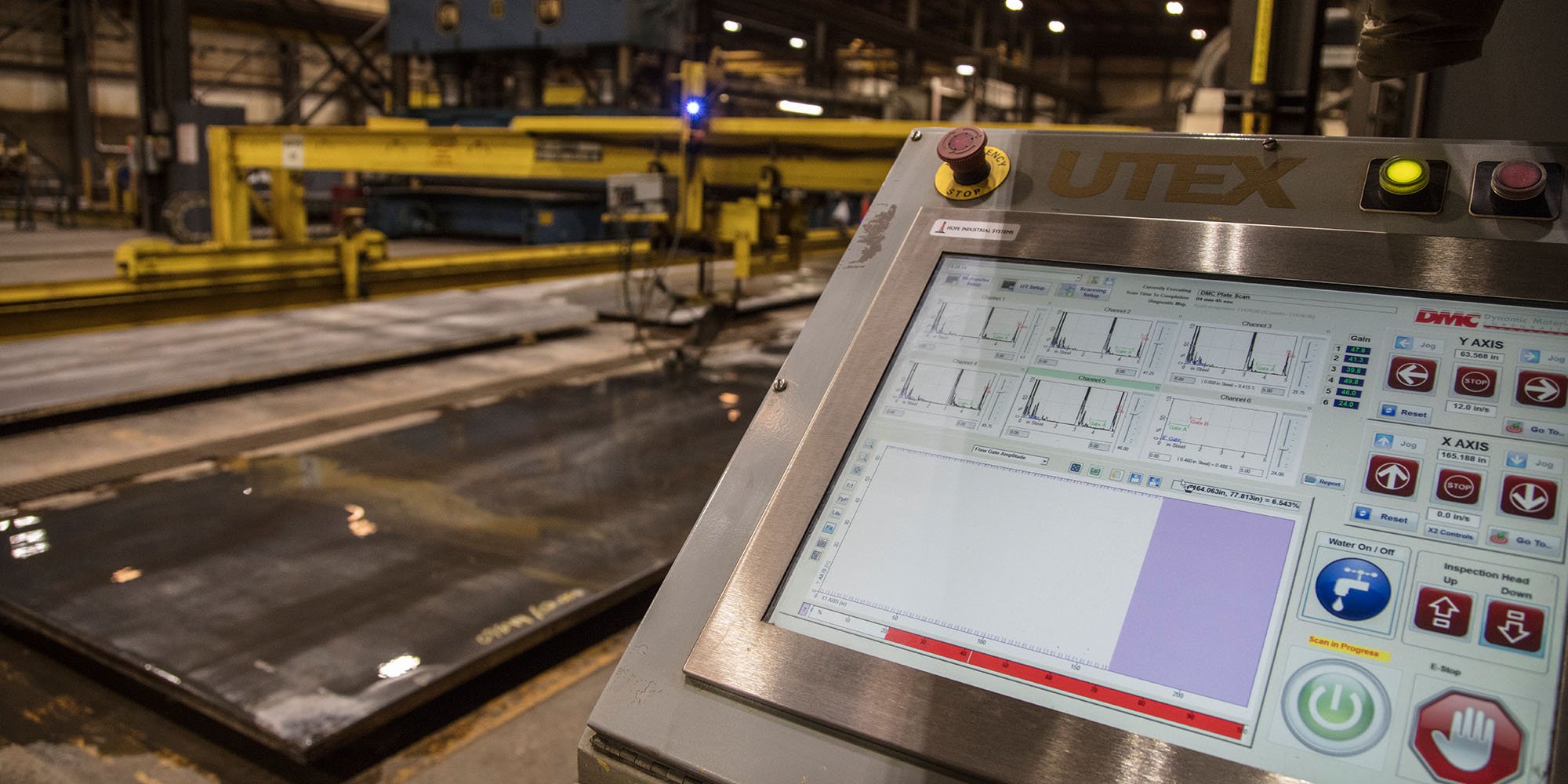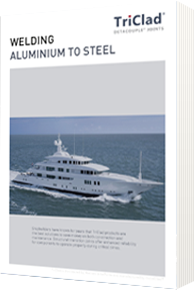
Advantages
Advantages
When building a ship, the reliability of the vessel is paramount. Having a strong foundation to rely on the most important welds in your ship requires choosing the right material for your ship. TriClad ® has a guarantee of reliability and performance – you can rely on TriClad ® even at critical moments.
At TriClad ® we are so convinced of our product that we offer a guarantee. When TriClad ® is manufactured and applied correctly, it will never disbond. In the unlikely event it does disbond, we will replace the material free of charge. Download our fabrication guidelines for specifications and requirements when handling TriClad ® products.
What are the advantages of using TriClad ®, opposed to the traditional methods of joining?
| TriClad® | Benefit |
|---|---|
| Maintenance free, "fit and forget" | Our custom-engineered products can reduce costs and improve service life |
| Easy installation | Our short delivery time and installation process saves time and money as one operative is needed during this process |
| Continuous joint, even stress distribution | TriClad® replaces traditional rivets / bolts and increasing tensile strength |
| Watertight. Any corrosion self extinguishing | Your material won't fail in high stake environments |
| Composite strength & performance | TriClad® is tested and approved according the MIL-J-24445A, a millitary standard, and EN10204/3.2 approved by Lloyd's Register |
| Reduced weight | TriClad® solutions facilitate engineered design requiring light weight specification |
TriClad® is an atmospheric / open air cladded transition joint. We trust that you want to build the most reliable sailing boat, cruiseship, marine vessel or superyacht, so making the right choice for one of the most important welds in your ship is crucial. Find out why TriClad ® is the most reliable and smartest choice you can make:
| TriClad ® atmospheric / open air cladded transition joint | Triplate ® vacuum cladded transition joint |
|---|---|
| Oxides or melt pockets are controlled by size, grannulation and frequency over the bonding surface of steel-aluminium. | Oxides are not concentrated, but uncontrolled divided over the whole steel-aluminium surface. This results in a inconsistent bonding and strength. |
| More energy in cladding process so we can create the best surface aluminium to steel bonding. | Less energy in cladding process (because the explosion is inside a bunker which can explode), so a weaker bonding surface. |
| Higher tensile and yield strength after simulated welding @ 300°C. | More delamination hazard after simulated welding @ 300°C. |
| Bigger production capacity and no size limitations. | Small production capacity due to limited and very expensive vacuum chambers. |
| Different production sites. | One small production site |
Atmospheric vs Vacuum Clad: What Matters?
Atmospheric vs Vacuum Clad: What Matters?
Download the article "Atmospheric vs Vacuum Clad: What Matters?" here.
Download our brochure for more detailed info!



